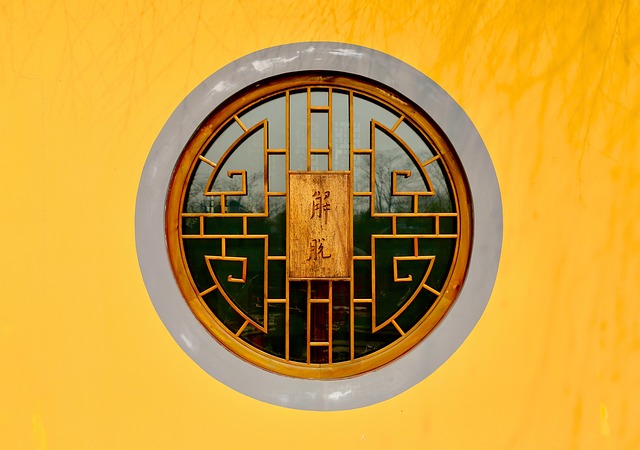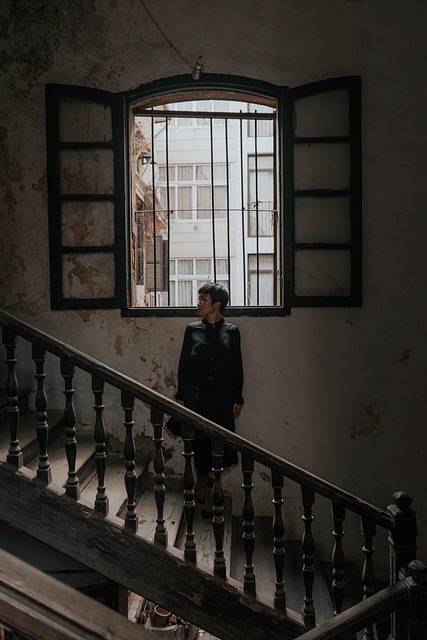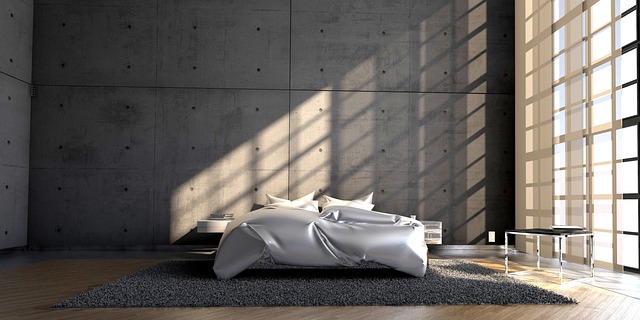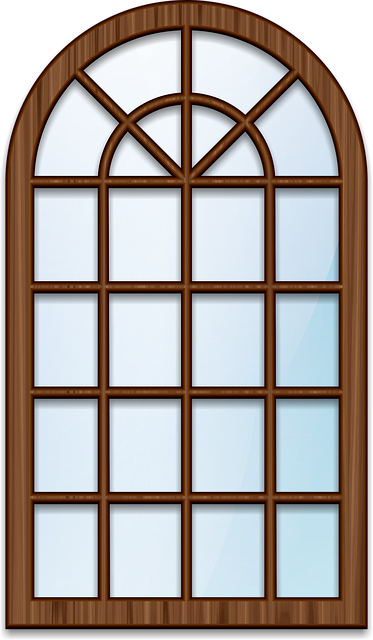Preserving Architectural Beauty: Ironwork Maintenance for Longevity
Regular maintenance is essential to preserve the beauty and structural integrity of ornamental ironw…….
Introduction
Ornamental ironwork for windows has been a testament to craftsmanship and design innovation for centuries, serving both as a functional element and an artistic expression in architecture. This article delves into the intricate world of “Ornamental ironwork for windows,” exploring its history, global influence, economic impact, technological advancements, policy frameworks, and future prospects. By the end of this exploration, readers will have a comprehensive understanding of the significance of ornamental ironwork in the context of architectural design, its cultural importance, and the trends shaping its future.
Understanding Ornamental Ironwork for Windows
Ornamental ironwork for windows encompasses a variety of decorative elements crafted from iron or steel, designed to enhance the aesthetic appeal of buildings while serving as functional window components. These pieces often include intricate patterns, balustrades, grilles, and window frames that not only provide security and ventilation but also contribute to the overall architectural harmony. The core components of this art form typically include wrought iron, cast iron, and forged iron, each offering distinct characteristics and styles.
Historically, ornamental ironwork has been a hallmark of both traditional and contemporary architecture worldwide. From the medieval fortifications of Europe to the modern skyscrapers of New York City, its presence is felt across different eras and cultures, reflecting a blend of functionality and artistry. Its significance lies not only in its visual impact but also in its ability to withstand the test of time, making it a sustainable choice for architects and builders.
Global Impact and Trends
The influence of ornamental ironwork for windows is evident across continents, with each region imparting its unique cultural essence into the designs. In Europe, the tradition of wrought ironwork can be seen in the gothic revival architecture, while in Latin America, ironwork often incorporates influences from indigenous art forms. In Asia, ornamental ironwork is blending traditional motifs with modern design to create contemporary pieces that resonate with both local and global audiences.
Key trends shaping the trajectory of ornamental ironwork include a growing emphasis on sustainability, customization, and the integration of smart technology. The demand for eco-friendly materials and energy-efficient designs is driving innovation in this field. Moreover, technological advancements have enabled artisans to create more intricate and durable designs, pushing the boundaries of what was once considered possible.
Economic Considerations
The economic aspects of ornamental ironwork for windows are multifaceted. The market dynamics reflect a niche but growing sector that caters to both residential and commercial clients, with a particular emphasis on historical restoration projects and high-end developments. Investment patterns show a preference for designs that offer a blend of traditional craftsmanship and modern functionality, driving up the value of properties that feature these elements.
In economic systems around the world, ornamental ironwork plays a dual role: it supports artisanal trades and contributes to cultural heritage conservation. The industry’s economic impact is further magnified through its association with tourism, as architectural beauty is a significant draw for visitors worldwide.
Technological Advancements
Technological advancements have had a profound impact on the field of ornamental ironwork. Modern fabrication techniques such as CNC machining and laser cutting have enabled artisans to replicate historical designs with precision and efficiency. The use of corrosion-resistant materials like stainless steel has extended the lifespan of these pieces, making them more durable and weather-resistant.
Innovations in coatings and finishes have also revolutionized the industry, allowing for greater durability and lower maintenance requirements. The integration of smart technology, such as self-cleaning glass and automated locking systems, has further enhanced the functionality of these window components. As technology continues to advance, we can expect even more groundbreaking developments in this field.
Policy and Regulation
The policies and regulations that govern ornamental ironwork for windows vary by region but are largely focused on preservation, safety, and sustainability. Historic preservation laws in countries like the United States and France protect the integrity of buildings with significant historical ironwork. Building codes ensure that these components meet safety standards and contribute to energy efficiency.
Legislative frameworks also address environmental concerns, promoting the use of sustainable materials and eco-friendly manufacturing processes. These regulations play a crucial role in guiding the industry towards a more responsible and innovative future.
Challenges and Criticisms
Despite its aesthetic and functional benefits, ornamental ironwork for windows faces several challenges. One of the primary criticisms is the perception that traditional methods are too labor-intensive and therefore costly. Another challenge is the need to balance historical authenticity with modern safety requirements. Additionally, the industry must navigate the complexities of global trade regulations and supply chain management.
To address these issues, artisans and manufacturers are embracing a combination of apprenticeship programs to preserve traditional skills and technological innovations to improve efficiency. By doing so, they can maintain the quality and integrity of their work while making it more accessible and sustainable.
Case Studies
Several case studies highlight the successful applications of ornamental ironwork for windows across different contexts. In Paris, the restoration of the Notre Dame Cathedral’s spire showcases the importance of preserving historical ironwork. In Singapore, modern high-rise buildings incorporate traditional ironwork designs to reflect the country’s cultural heritage and contemporary ambitions. Each case study provides valuable insights into how ornamental ironwork can be adapted to different environments and uses.
Conclusion
Ornamental ironwork for windows is an art form that bridges the gap between historical craftsmanship and modern innovation. Its global impact is evident in both its cultural significance and economic influence, while the challenges it faces are met with a blend of tradition and technology. As the industry continues to evolve, it will undoubtedly remain a testament to human creativity and ingenuity, enriching our built environment for generations to come.
References

Regular maintenance is essential to preserve the beauty and structural integrity of ornamental ironw…….

Ornamental ironwork for windows combines aesthetic appeal with robust security. Custom iron window g…….

Ornamental ironwork for windows, including custom iron grills and wrought iron bars, offers a timele…….

Ornamental ironwork for windows combines strength and aesthetics, with custom iron window grills and…….

Ornamental ironwork for windows enhances homes with beautiful, functional art. Custom iron window gr…….

Integrating ornamental ironwork, including custom iron window grills and decorative wrought iron bar…….

Ornamental ironwork for windows has evolved from functional to artistic expressions over centuries……..

Ornamental ironwork for windows, including custom iron window grills and wrought iron window bars, a…….

Ornamental ironwork for windows enhances home security and exterior aesthetics with custom iron wind…….

Ornamental ironwork for windows has a rich history, with modern interpretations like custom iron win…….